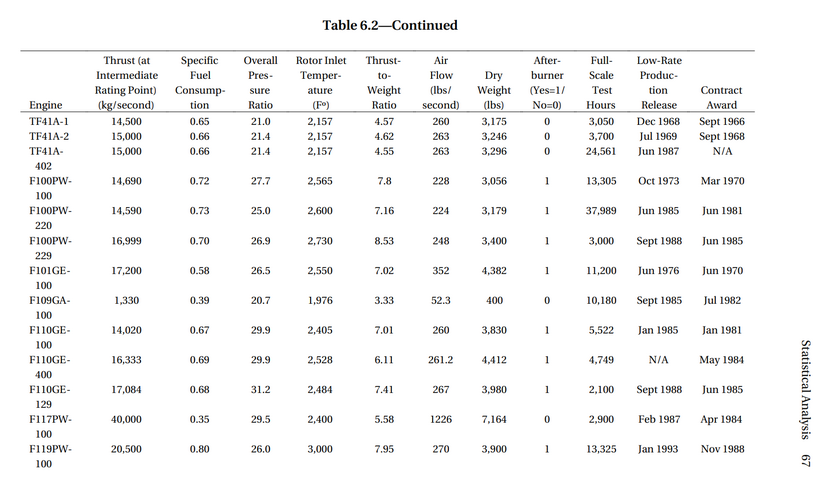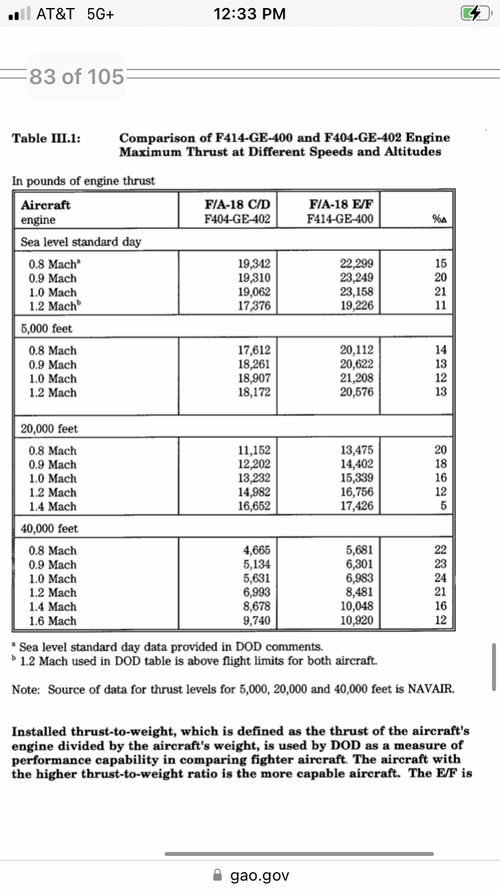I think it's also interesting to note the architecture of the YF120 (GE37). It has a 2-stage fan, 5-stage compressor, and single stage low pressure and high pressure turbines. For an engine of its class, this appears to have the fewest stages thus far, which makes me curious about the OPR. The EMD F120 would have aimed at producing the same thrust at lower operating temperatures. I believe the EJ200 and the izdeliye 30 has the next fewest stages, with three fan, six five compressor, and single LPT and HPT stages. Interestingly, Piotr Butowski published the stage architecture of the izdeliye 30 as early as 2013.
I would also be curious about the lineage between the YF120 and the current XA100, but it's quite possible that there is very little; not only is there potentially an institutional gap due to a generational difference between most of those working on the respective project, they are also fundamentally different variable/adaptive cycle architectures. According to an Aviation Week article in 2015 describing GE's AETD developments that would eventually lead to the XA100, the adaptive design being tested at the time had a three-stage adaptive fan and a compressor derived from the CFM LEAP's 10-stage compressor. However, I doubt that the current XA100 design, which completed detailed design in 2019, would have that many compressor stages. I believe P&W's adaptive fan design for the XA101 is also three-stage.





